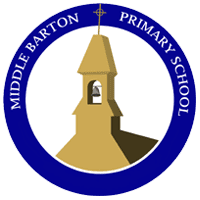Design & Technology
| Intent |
Our design and technology curriculum focuses on the five key areas of: textiles, structures, mechanisms, electrical systems and food. Children are given the opportunity to explore and evaluate a range of successful products and innovations and be inspired by engineers, designers, chefs and architects before designing, making and evaluating their own project, applying their knowledge to a real-life purpose. Our Design and Technology curriculum encourages children to think and work creatively to solve problems both as individuals and as members of a team. |
| Implementation |
For years 1-6, lessons are structured using prior learning, revists and new learning. Prior learning: to check that children have embedded knowledge from the previous learning, often from a previous year. Revisits: recapping knowledge and skills, and addressing misconceptions from recent lessons within the current unit. New learning: introducing new concepts, skills and knowledge. When designing and making, the children are taught to: Design: • use research to develop a criteria to inform the design of a functional, appealing product that is fit for purpose. • generate, develop, model and communicate their ideas. Make: • select from and use a wider range of tools and equipment to perform practical tasks. • select from and use a wider range of materials, ingredients and components. Evaluate: • investigate and analyse a range of existing products. • evaluate their ideas and products against their own design criteria and consider the views of others to improve their work. • understand how key events and individuals in design and technology have helped shape the world. Technical knowledge: • apply their understanding of how to strengthen, stiffen and reinforce more complex structures. • understand and use mechanical systems in their products. • understand and use electrical systems in their products. • Understand some of the ways that food can be processed and the effect of different cooking practises Examples of work are recorded in a class floor book. |
| Impact |
Live feedback in lessons informs future planning Targeted questioning throughout lessons Prior learning questions are completed at the beginning of lessons to assess learning from previous year/years At the end of a unit children are assessed using the school’s tracking system which informs future learning. |
Useful Information
Please click to access or download the useful documents below:
DFE – Design and Technology National Curriculum


